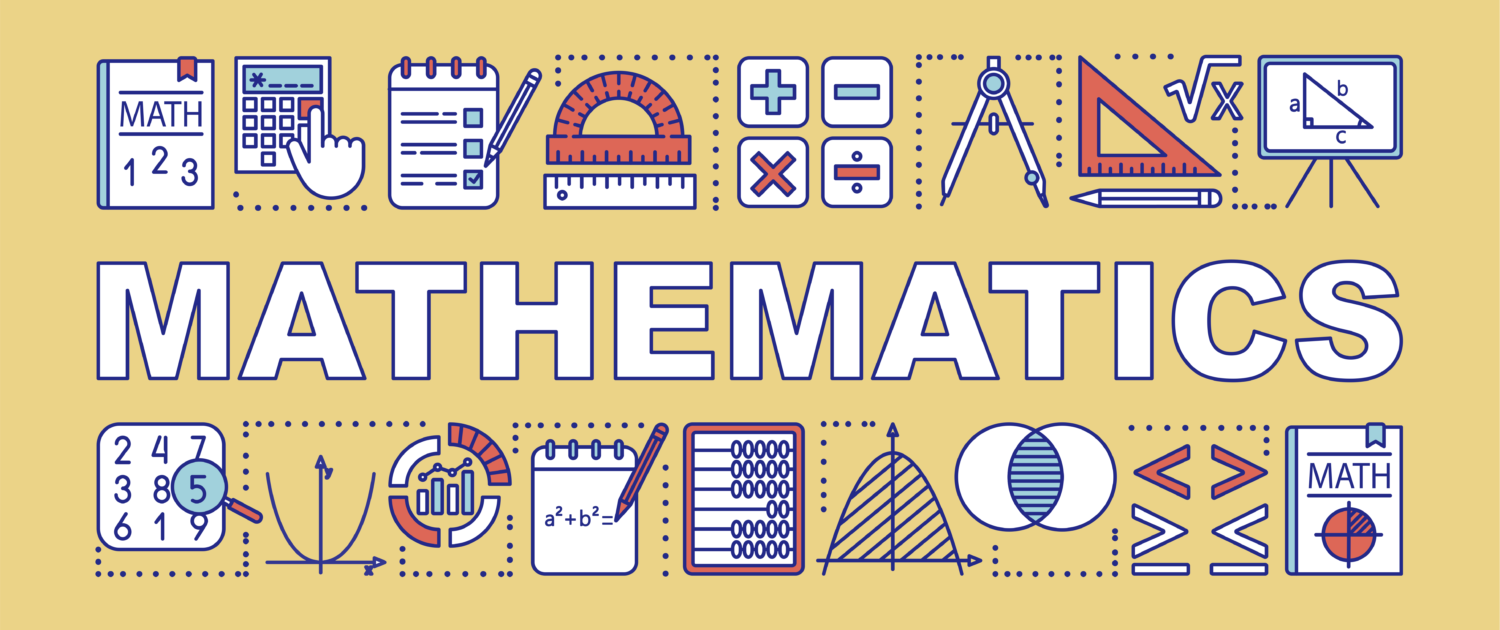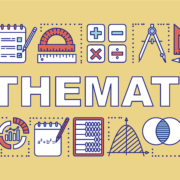Enterprise Funnel Math

Enterprise funnel math exercises help align marketing and sales teams by zeroing in on critical funnel metrics like Sales and Marketing Qualified Inquiries (e.g. MQI) and Marketing and Sales Qualified Leads (MQL and SQL).
An enterprise funnel math model can help you identify the mix of tactics for for different funnel characteristics. For example, a sales-driven funnel might be designed with sales-led prospection activities and ABM tactics. A high volume lead gen funnel might be driven by Inbound Marketing or Paid SEM. Each funnel will have its own “DNA” and can be modeled top to bottom across deal stages to inform go-to-market strategies and budgeting.
Defining Your Funnels
A simple spreadsheet can help you produce a flexible working model that can be tailored to each company. To make it work, it is important to identify the right funnels or segments. The more granular your funnels are, the more accurate the funnel model will be – but too many funnels will add complexity. So, we typically identify 4-8 segments that represent distinct marketing and sales motions. Select segment that have a distinctive “funnel DNA” – not necessarily a P&L, or a geography segment. Often a funnel is centered around a product or service offering. Funnels can always be rolled up into geos, or P&Ls.
We develop Funnel Math Models with several tabs:
Rev Goals Tab
This tab helps model top down revenue goals and determine the required number of closed deals by funnel. We identify the number of accounts or deals required in each funnel to meet revenue objectives starting with top-down revenue goals, considering average deal size and deals per account. Elements in the model include:
- Current Funnel Revenue
- Current Number of Accounts
- Average Deal Size
- Growth Rate
- Retention Rate
- Target Revenue
- Number of Deals Required
- Number of Account Sales Required
Funnel Math Tab
This tab helps calculate the volumes we need up and down the funnel based on funnel conversion rates. First, define end-to-end pipeline stages and determine conversion rates. Stages to model may include the following (but your stages may have different names of course):
- Touch to Lead (Conversion or Response)
- Lead (MQI or SQI) to SQL
- SQL to Align Stage
- Align Stage to Propose Stage
- Propose Stage to Close Stage
- Close Rate in Close Stage
We recommend carefully considering the stages in your funnel. In particular, at the top-of-the funnel it is important to differentiate lead levels. For example, marketing inquiries (often called MQIs) are too often considered as “MQLs” or marketing qualified leads and sent to sales. However typically only a few MQIs will reach the MQL stage. Properly qualified MQLs should be accepted by sales (SAL) at about a 90%+ level and a significant percent of these will convert to SQL.
Funnel Allocation Tab
Next, we map go-to-market mix including lead gen sources or campaign archetypes for each funnel to determine the number of leads we expect to generate by program type or channel. We try to avoid marking them initially as “sales-generated” or “marketing-generated” leads as we believe that lead generation should be a collaborative process. However, we do get to roles and responsibilities soon! An example mix might be:
- ABM
- Email Outbound
- Organic Search Traffic
- Paid Search / Social
- Outbound Sales Prospecting
- Social Selling
- Referrals & Partners
- Social Media Marketing
- Event / Trade Shows
- Media PR
While maintaining a collaborative funnel perspective, now we can allocate primary responsibility of programs across marketing and sales. This is important in order to set business KPIs by team, but we should always look for collaboration and alignment in the full-funnel approach. For example, properly executed ABM may be a 50%-50% responsibility across marketing and sales – fostering true collaboration.
Funnel Budgets Tab
Now we can start to determine how to allocate budgets for our efforts by considering different options. This tab is a “scratch pad” to help consider budgets using both a top-down (percent of revenue) and bottom up analysis (e.g. CAC ratio).
- Percentage of revenue considering growth ambition and business model (e.g. SaaS vs Prof Services/ Marketing-driven vs Sales-driven etc.) – typical metrics may be 7-10% of revenue
- CAC – Cost of Acquisition – for each funnel segment (which may vary depending on the CLTV). We may want to invest more in acquisition for high CLTV, so the CAC helps model this.
Further bottom-up budgeting can be explored in the Marketing and Sales KPIs Tabs.
Marketing & Sales KPIs Tabs
In these tabs, we can model program-specific budgets to determine budget based on bottom-up marketing and sales programs. For example, email metrics and SEM metrics vary and costs can be modeled at a more granular level. The Sales tab is a further breakdown of sales-led metrics for lead generation programs, for example outbound sales prospection to model # calls and touches required.
Why Enterprise Funnel Math?
Funnel math is often used at an individual campaign or web conversion funnel level. Enterprise Funnel Math models work at a higher level to help align marketing and sales across product and service segments and point to more granular KPI metrics and budget allocations.
Contact us if you would like to see an example of an Enterprise Funnel Math model.




Leave a Reply
Want to join the discussion?Feel free to contribute!